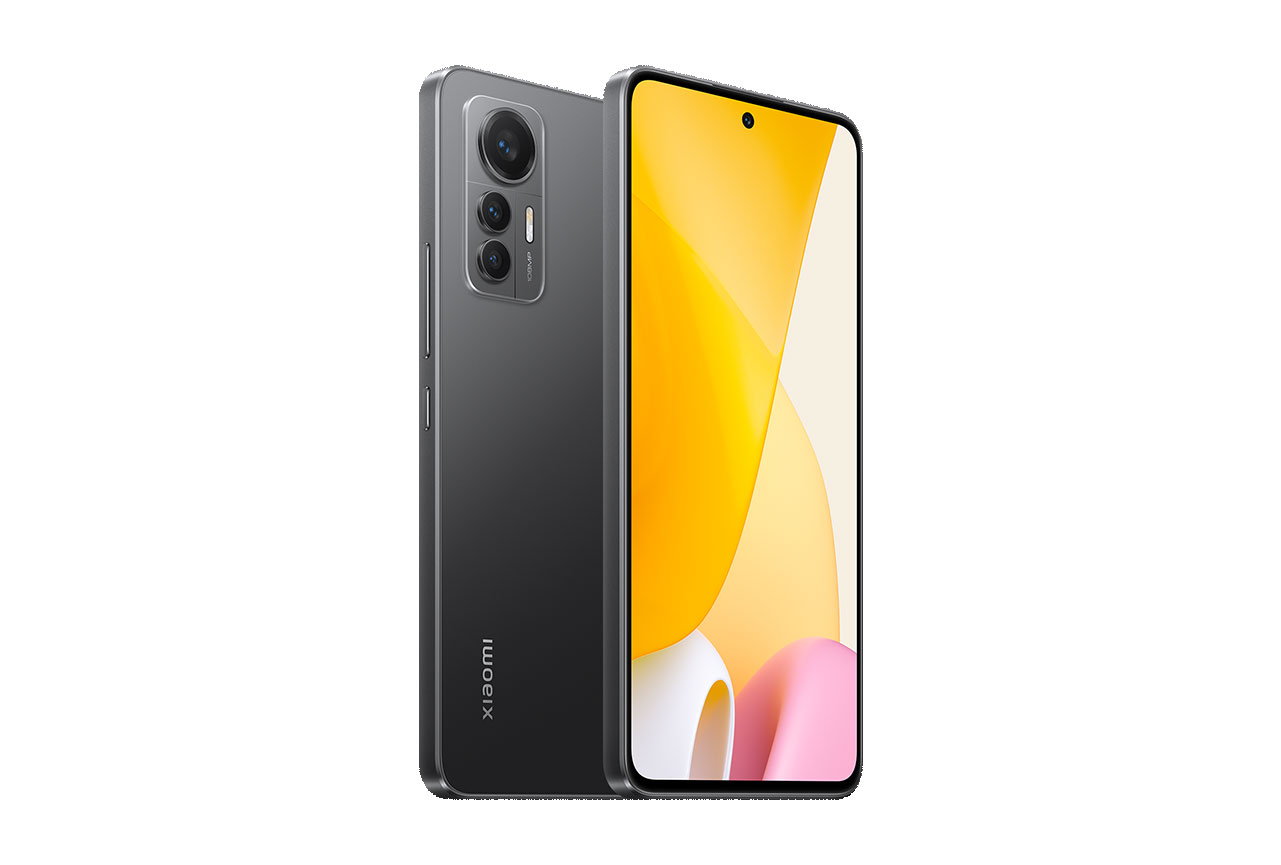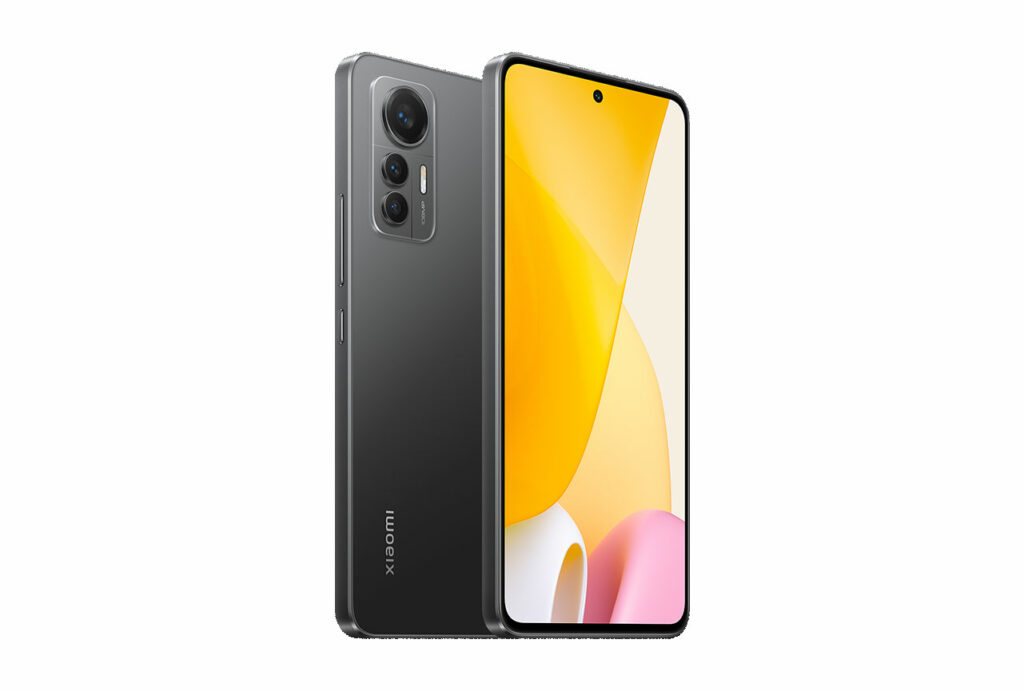We put the Xiaomi 12 Lite 5G through our rigorous DXOMARK Camera test suite to measure its performance in photo, video, and zoom quality from an end-user perspective. This article breaks down how the device fared in a variety of tests and several common use cases and is intended to highlight the most important results of our testing with an extract of the captured data.
Overview
Key camera specifications:
- Primary: 108 MP 1/1.52″ sensor
- Ultra-wide: 8 MP, f/2.2, FOV 120°
- Macro: 2 MP, f/2.4
Scoring
Sub-scores and attributes included in the calculations of the global score.

Xiaomi 12 Lite 5G


Use cases & Conditions
Use case scores indicate the product performance in specific situations. They are not included in the overall score calculations.
Outdoor
Photos & videos shot in bright light conditions (≥1000 lux)
Indoor
Photos & videos shot in good lighting conditions (≥100lux)
Lowlight
Photos & videos shot in low lighting conditions (<100 lux)
Friends & Family
Portrait and group photo & videos
Pros
- Accurate target exposure in most conditions in photo, with smooth transitions in video
- Pleasant white balance and color rendering in most conditions
- Accurate color rendering in video in outdoor and indoor conditions
Cons
- Occasionally autofocusing on wrong target, with a shallow depth of field
- Visible noise in low-light conditions in photo and video
- Low level of details in low-light conditions, with visible motion blur
- Occasional ghosting, ringing, and color quantization
- In bokeh, visible depth artifacts, with unnatural blur gradient
- Narrow dynamic range for low-light conditions in video
- Visible sharpness differences between video frames in all conditions
The Xiaomi 12 Lite 5G is the most basic model available in the 12-series. While its rear-camera setup looks just like the others in the series, featuring three modules — primary, ultra-wide, and macro – the 12 Lite 5G’s camera modules actually use different sensors, which mainly account for the differences in image quality.
Overall, the device behaved well in good lighting conditions. Target exposure and color rendering were pleasant in outdoor situations in both photo and video, but image details were quite low. Indoors, and especially in low-light conditions, however, image noise was often visible with some artifacts.
For its price, which is about half of the top-end model in the series, the 12 Lite 5G’s camera performance was quite average overall, even when judging it against other devices in its High-end segment ($400 to $599). The lack of a tele module and a limited ultrawide module, compared with other devices in the segment, hampered the device’s performance.
Test summary
About DXOMARK Camera tests: DXOMARK’s Camera evaluations take place in laboratories and in real-world situations using a wide variety of subjects. The scores rely on objective tests for which the results are calculated directly by measurement software on our laboratory setups, and on perceptual tests in which a sophisticated set of metrics allow a panel of image experts to compare aspects of image quality that require human judgment. Testing a smartphone involves a team of engineers and technicians for about a week. Photo, Zoom, and Video quality are scored separately and then combined into an Overall score for comparison among the cameras in different devices. For more information about the DXOMARK Camera protocol, click here. More details on smartphone camera scores are available here. The following section gathers key elements of DXOMARK’s exhaustive tests and analyses. Full performance evaluations are available upon request. Please contact us on how to receive a full report.
Photo
Xiaomi 12 Lite 5G
169
For scoring and analysis, DXOMARK engineers capture and evaluate more than 2,600 test images both in controlled lab environments and in outdoor, indoor and low-light natural scenes, using the camera’s default settings. The photo protocol is designed to take into account the main use cases and is based on typical shooting scenarios, such as portraits, family, and landscape photography. The evaluation is performed by visually inspecting images against a reference of natural scenes, and by running objective measurements on images of charts captured in the lab under different lighting conditions from 1 to 1,000+ lux and color temperatures from 2,300K to 6,500K.

Zoom
Xiaomi 12 Lite 5G
169
DXOMARK engineers capture and evaluate over 400 test images in controlled lab environments and in outdoor, indoor, and low-light natural scenes, using the camera’s default settings and pinch zoom at various zoom factors from ultra wide to very long-range zoom. The evaluation is performed by visually inspecting the images against a reference of natural scenes, and by running objective measurements of chart mages captured in the lab under different conditions from 20 to 1000 lux and color temperatures from 2300K to 6500K.
Video
Xiaomi 12 Lite 5G
159
DXOMARK engineers capture and evaluate more than 2.5 hours of video in controlled lab environments and in natural low-light, indoor and outdoor scenes, using the camera’s default settings. The evaluation consists of visually inspecting natural videos taken in various conditions and running objective measurements on videos of charts recorded in the lab under different conditions from 1 to 1000+ lux and color temperatures from 2,300K to 6,500K.



DXOMARK encourages its readers to share comments on the articles. To read or post comments, Disqus cookies are required. Change your Cookies Preferences and read more about our Comment Policy.